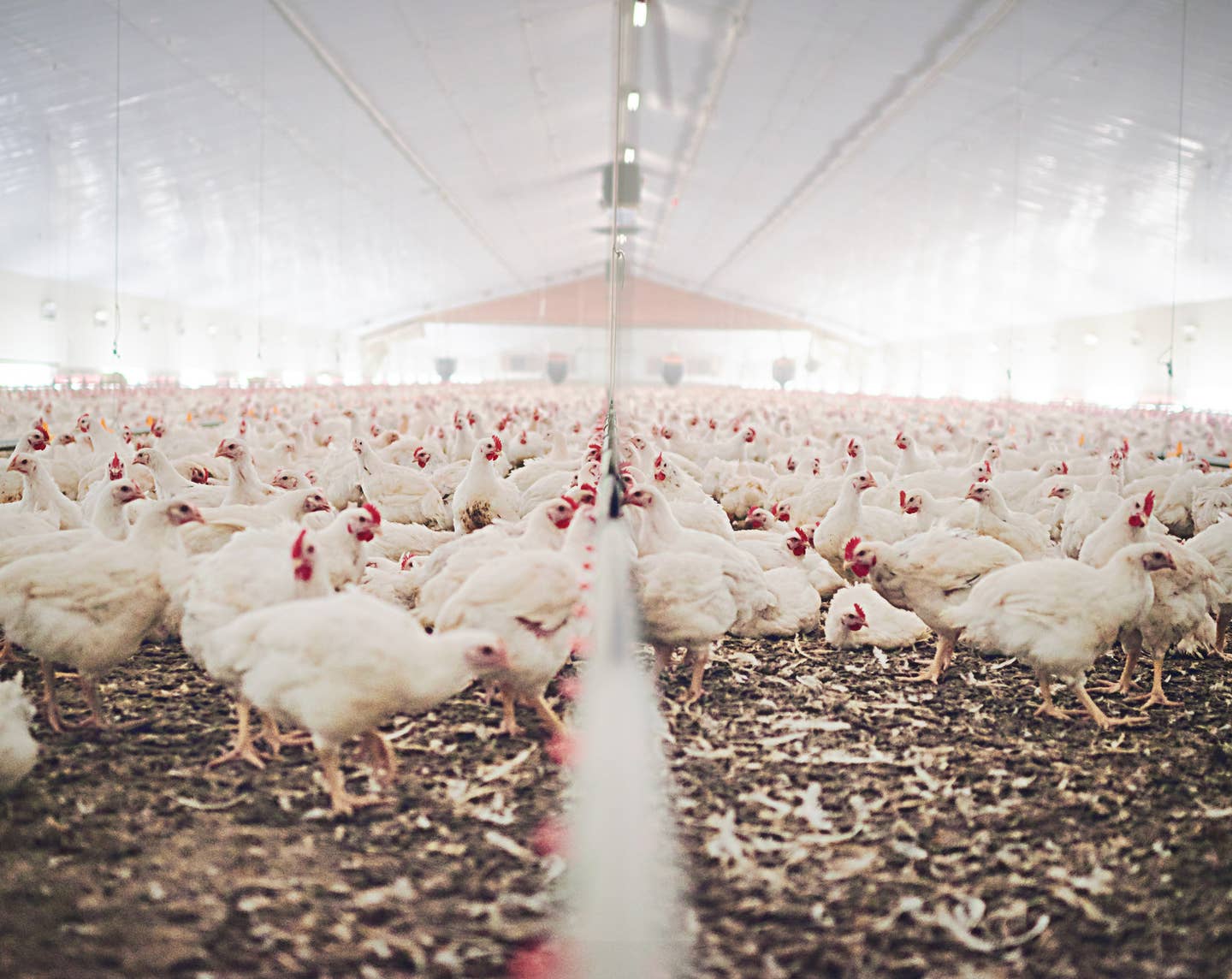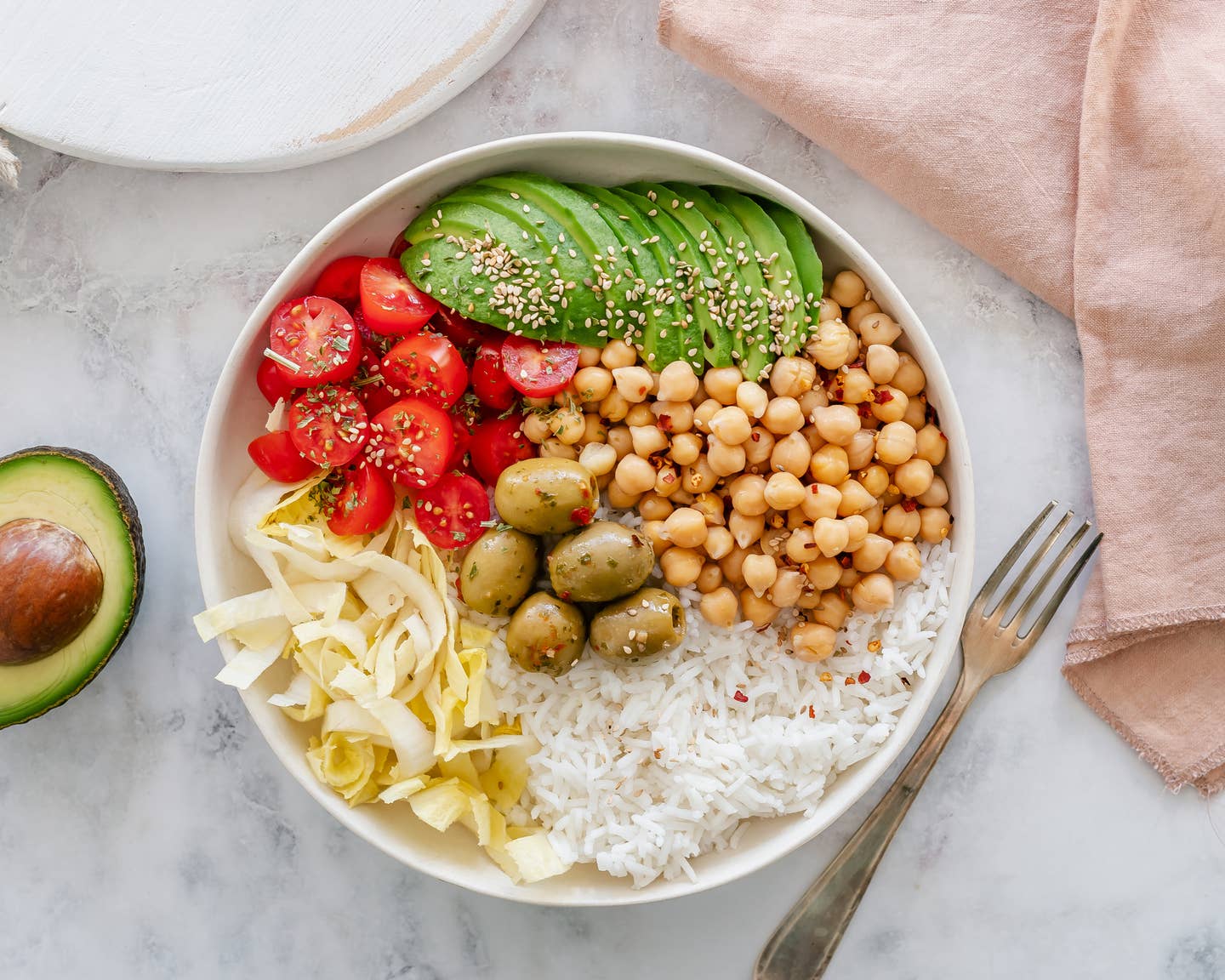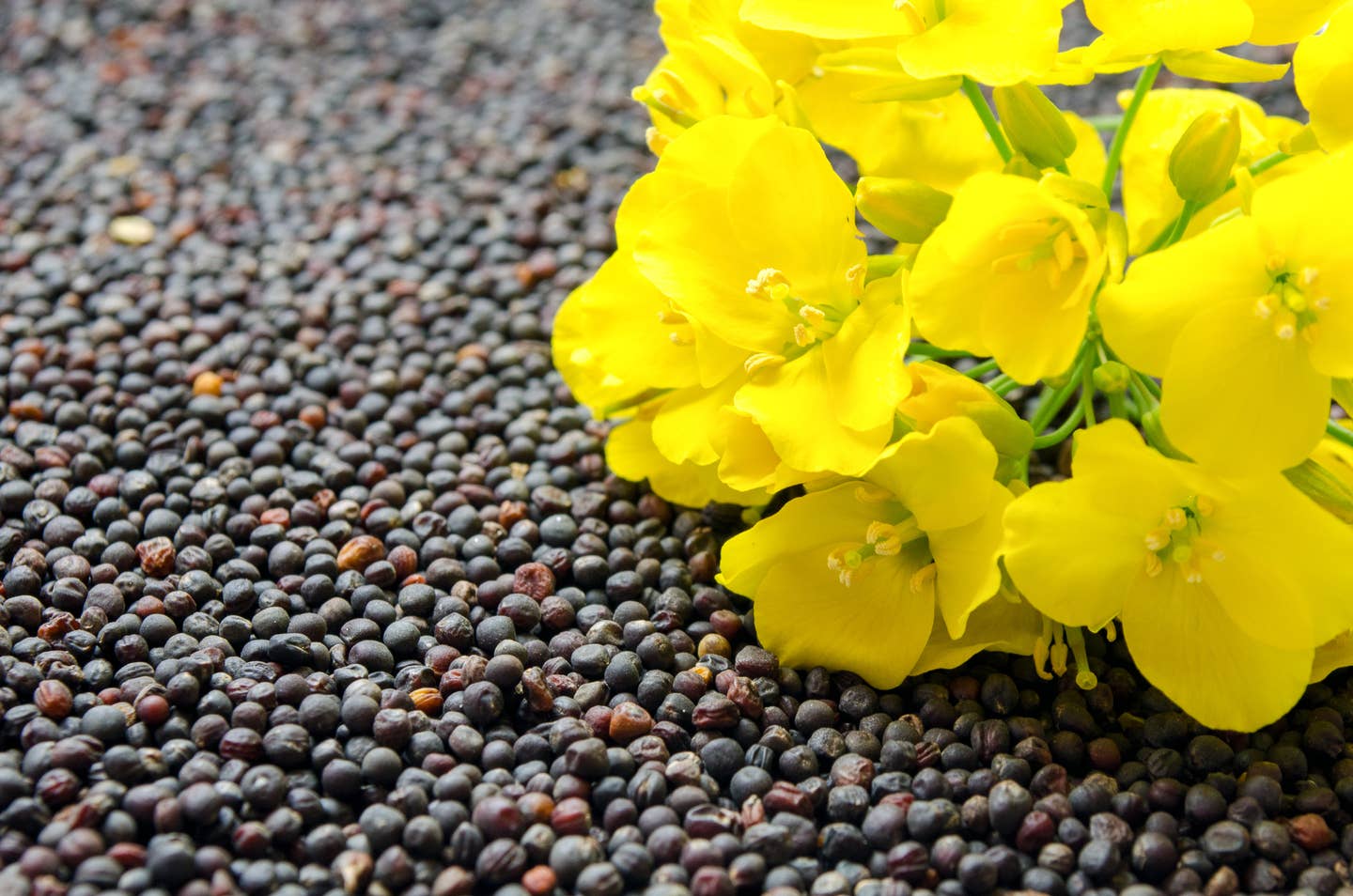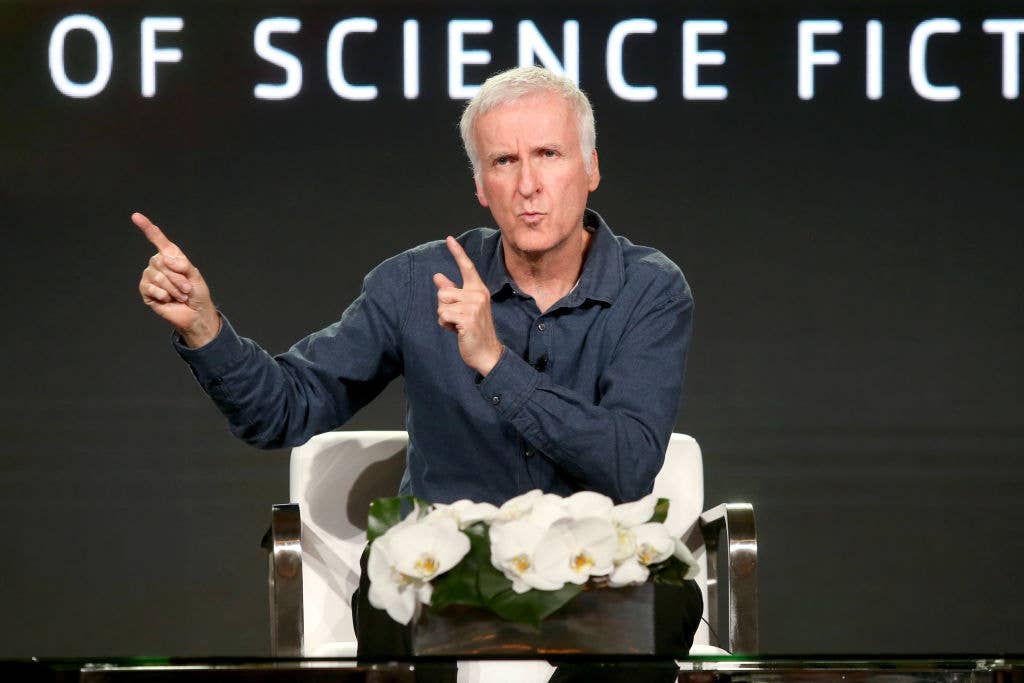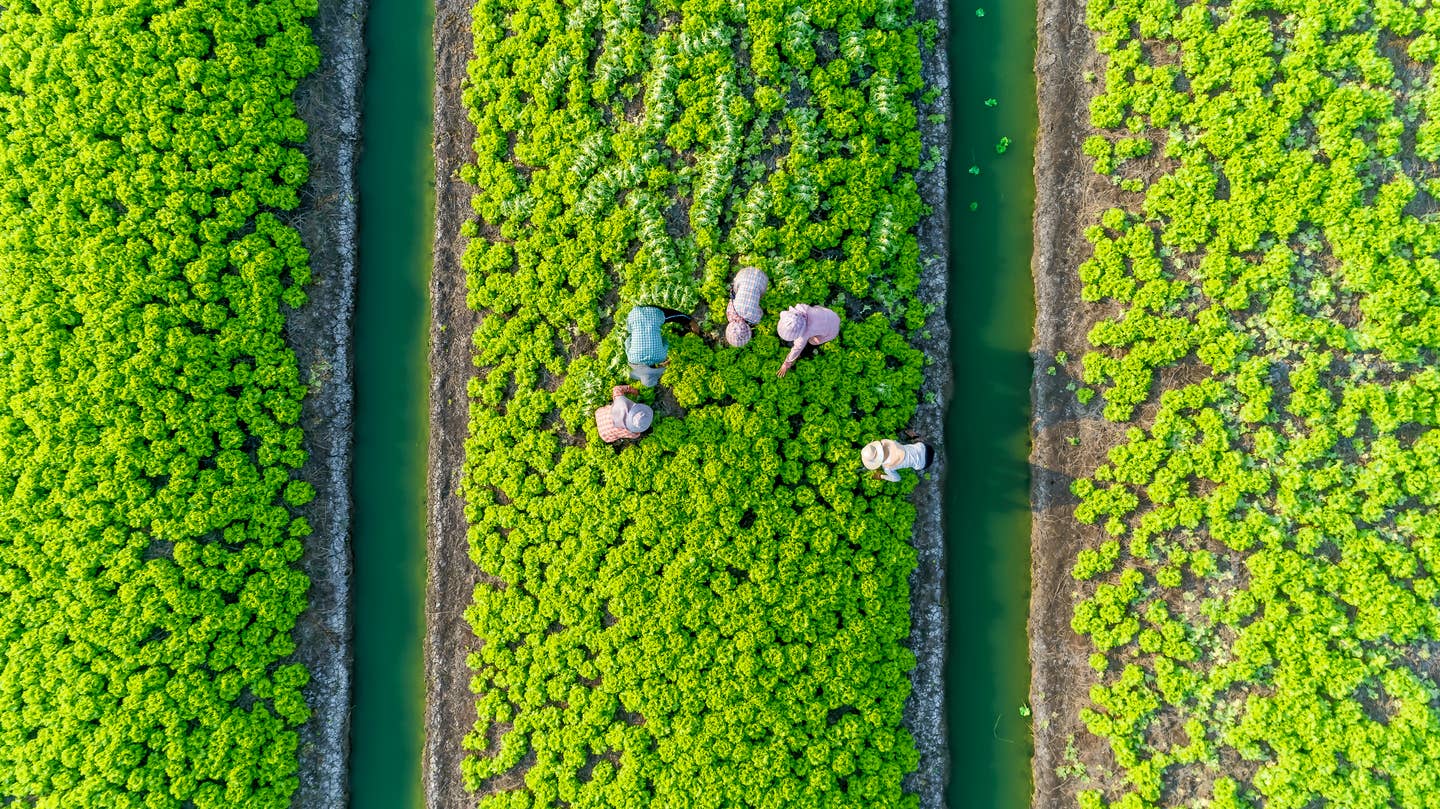
How I Live in an Eco-Friendly Airstream Trailer and 3 Tips to Green Your Home
When my husband and I tossed away the tethers of a conventional home we were in search of something different. We weren’t entirely sure what different would look like, but we wanted our daily lives to feel simpler, greener, and more intentional. There were plenty of ways to experience minimalist living - cabins, tiny homes, vans, school buses - and we considered them all.
As avid travelers and outdoor lovers we knew we wanted the freedom of mobility. Both of us had always been intrigued by Airstream travel trailers --its sleek, silver design and also the romantic spirit of founder Wally Byam’s worldly caravans. When we found out the company had been green-certified in 2010 it cemented our decision.
To get this designation as an RV, an independent company called TRA Certification rigorously examines key points of the Airstream’s manufacturing process. Areas like water and energy efficiency, building materials, and even air quality are all scrutinized. Airstream received the top certification (gold level) and has maintained its commitment to the environment ever since.
The notion to live like modern-day nomads had been simmering for years but once we committed to the right mindset we stopped thinking about all the what-ifs and instead thought, “Why not?” We saved, organized, and prepared. We scoured classifieds, researched, and visited Airstream dealerships. We put our house on the market, downsized belongings, and transitioned to freelance and contract work. The to-do list was dizzying but exciting. Within a year the plan came to fruition and on a sunny California afternoon, we signed the papers for a 25-foot Flying Cloud Airstream and drove off the lot.
Paring Down Before Moving In
In the first weeks, we pored over the owner’s manual, reading up on water pumps, solar panels, propane tanks, and power inverters. Among the technical jargon, one word kept reappearing: weight. The manual talked about weight in its basic physics - the weight relationship between a trailer and tow vehicle - but this concept resonated with me as a metaphor for our new chapter. To live simply meant taking time to carefully consider the things you carried. First, it was the tangible items but then it spilled over into the energy given to family, friends, activities, and everything in between. Those common clichés like “quality over quantity” and “less is more” now held a little more power. Through the act of taking inventory, a new kind of awareness grew. Having fewer things to look after heightened the attention dedicated to what was left.
This lesson on awareness and intention is still a work in progress. The more we allow it to inform our decisions - how we travel, what we eat, and where we spend our money - the more we see changes for the better. In the future, we’d like to buy land and live totally off-grid. For now, we’re making the most of each day in our tiny, shiny piece of freedom.
If you want to live a little greener, whether it be starting a plant-based diet or just being more mindful of the environment, here are some points to consider that will help you get started, as they did for us.
Tips For Living Greener in Your Home
- Take inventory of how you’re already living. What would you like to change and why? What are you hoping to get from a minimalist or green lifestyle? You don’t need to give up your house and live on the road if you don’t want to, it may just be a matter of changing how you live where you already are. Asking yourself these kinds of questions and evaluating your current situation will provide important insight.
- Don’t wait for the right time. It’s good to feel ready but it’s not realistic to think that your bank account, job, spouse or partner, or the housing market will all be in perfect alignment at the same time. Try to focus on the most significant part that’s holding you back, get close to comfortable, and just make the leap.
- Start small. Even after downsizing, there are still many ways to continue on the path of a fully sustainable, eco-friendly lifestyle. It’s not just about choosing an alternative dish soap; it’s about changing your habits. Every little bit does help and implementing small changes where you can is better than doing nothing at all. If you’re unsure where to start, make small changes first (like starting your own garden to eat more plant-based foods and build your way slowly up to the bigger ones.
More From The Beet
